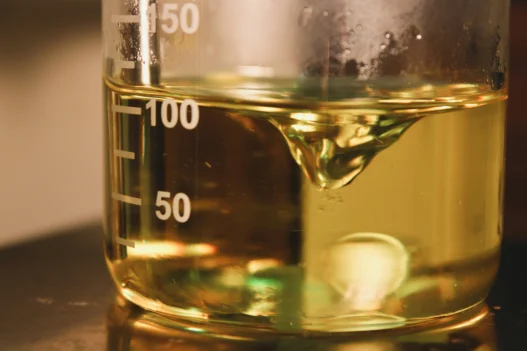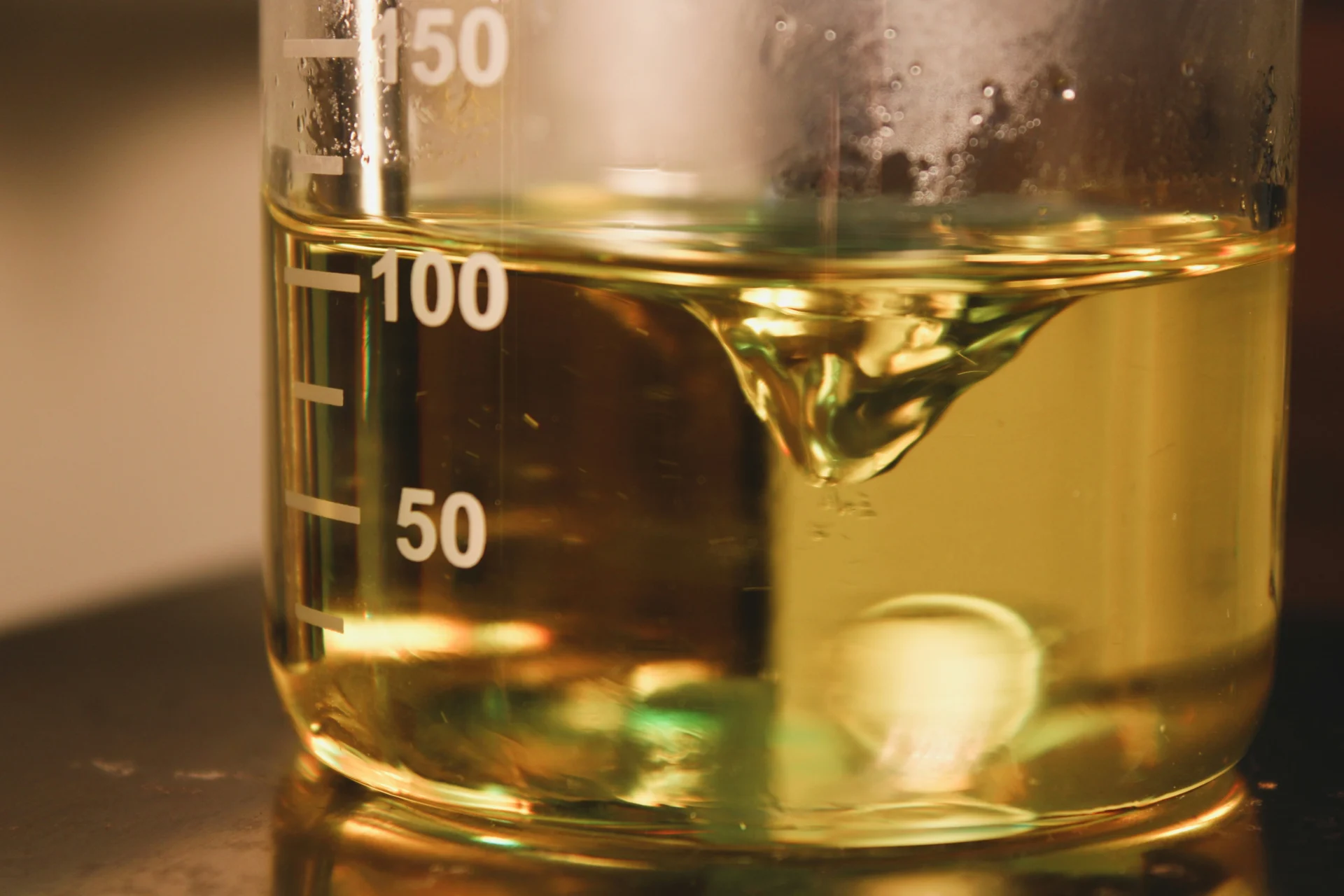1-Iodo-3-nitrobenzene, a chemical compound commonly used in pharmaceuticals and dyes, holds significance in everyday life due to its diverse applications in various industries. This compound plays a crucial role in the synthesis of important drugs, such as antiseptics and antibiotics, as well as in the manufacturing of vibrant dyes used in textiles and other consumer products. Additionally, 1-Iodo-3-nitrobenzene’s properties make it a valuable compound in research and development, contributing to advancements in medicine, materials science, and other fields that impact our daily lives.
Table of Contents:
- 💡 Commercial Applications
- ⚗️ Chemical & Physical Properties
- 🏭 Production & Procurement
- ⚠️ Safety Considerations
- 🔬 Potential Research Directions
- 🧪 Related Compounds
💡 Commercial Applications
1-Iodo-3-nitrobenzene, a chemical compound commonly used in commercial and industrial applications, serves as an important intermediate in the synthesis of various organic compounds. It is utilized in the production of dyes, pharmaceuticals, and agrochemicals due to its reactivity and versatility. The compound is also employed as a starting material in the manufacturing of fragrances and flavoring agents, contributing to the diverse range of products in which it is found.
In the realm of drug and medication applications, 1-Iodo-3-nitrobenzene plays a crucial role in the synthesis of pharmaceutical compounds with therapeutic properties. Its incorporation into various drug formulations allows for the creation of medications used to treat various medical conditions, including infections, inflammation, and cancer. The compound’s unique chemical structure enables its use in the development of targeted drug delivery systems, enhancing the efficacy and specificity of pharmaceutical treatments in the healthcare industry.
Furthermore, 1-Iodo-3-nitrobenzene is utilized in the preparation of radiopharmaceuticals for diagnostic imaging and therapy in nuclear medicine. Its ability to serve as a stable precursor for labeling with radioactive isotopes facilitates the production of radiotracers used in positron emission tomography (PET) and single-photon emission computed tomography (SPECT) scans. This application highlights the compound’s significance in advancing medical technologies for diagnosing and treating various diseases, contributing to the continuous progress in healthcare research and development.
⚗️ Chemical & Physical Properties
1-Iodo-3-nitrobenzene is a pale yellow crystalline solid with a faint odor. It is sparingly soluble in water, and its chemical formula is C6H4INO2.
The molar mass of 1-Iodo-3-nitrobenzene is approximately 247.00 g/mol, with a density of about 1.9 g/cm3. This places it between the molar mass and density of common food items such as sugar and table salt.
The melting point of 1-Iodo-3-nitrobenzene is around 35-37°C, while its boiling point is approximately 81-82°C. These values are lower compared to common food items like butter and chocolate.
1-Iodo-3-nitrobenzene is slightly soluble in water, but more soluble in organic solvents. It has a low viscosity compared to substances like honey or syrup. These properties make it easier to handle in laboratory settings.
🏭 Production & Procurement
1-Iodo-3-nitrobenzene is typically produced through nitration of iodobenzene with nitric acid and acetic anhydride. The resulting 1-nitro-3-iodobenzene is then reduced with iron and hydrochloric acid to yield 1-Iodo-3-nitrobenzene.
Procurement of 1-Iodo-3-nitrobenzene can be achieved through chemical suppliers who specialize in aromatic compounds. The compound is typically sold in liquid form and must be transported in accordance with hazardous materials handling guidelines due to its toxic and flammable nature.
Transportation of 1-Iodo-3-nitrobenzene usually involves shipping in sealed containers that meet regulatory standards for handling hazardous materials. Proper labeling and documentation are essential to ensure safe transport and compliance with legal requirements.
⚠️ Safety Considerations
Safety considerations for 1-Iodo-3-nitrobenzene include the potential for skin and eye irritation upon contact. It is important to wear appropriate protective equipment such as gloves and goggles when handling this compound. Additionally, 1-Iodo-3-nitrobenzene should be stored in a cool, dry place away from sources of heat or flame to minimize the risk of fire or explosion.
Hazard statements for 1-Iodo-3-nitrobenzene include “Causes skin irritation” and “Causes serious eye irritation.” These warnings indicate the potential for harm upon direct contact with the compound. It is important to take proper precautions to avoid skin and eye exposure when working with 1-Iodo-3-nitrobenzene in order to prevent injury.
Precautionary statements for 1-Iodo-3-nitrobenzene include “Wear protective gloves/protective clothing/eye protection/face protection” and “IF ON SKIN: Wash with plenty of soap and water.” These recommendations highlight the importance of using appropriate personal protective equipment and practicing good hygiene to minimize the risk of adverse effects from exposure to 1-Iodo-3-nitrobenzene. It is crucial to follow these precautions to ensure safe handling of the compound.
🔬 Potential Research Directions
Research on 1-Iodo-3-nitrobenzene could focus on its potential role as a building block in organic synthesis, particularly in the development of new pharmaceuticals or agrochemicals.
Further investigation could explore the reactivity of 1-Iodo-3-nitrobenzene in various chemical reactions, such as nucleophilic substitution or palladium-catalyzed cross-coupling reactions, to expand its synthetic utility.
Studies may also delve into the environmental impact of 1-Iodo-3-nitrobenzene, including its persistence in the environment, potential toxicity to organisms, and degradation pathways. This information could inform regulations on its use and disposal.
🧪 Related Compounds
One similar compound to 1-Iodo-3-nitrobenzene based on molecular structure is 1-Bromo-3-nitrobenzene. This compound has a bromine atom in the 1 position and a nitro group in the 3 position on the benzene ring. The chemical properties of 1-Bromo-3-nitrobenzene may be slightly different from 1-Iodo-3-nitrobenzene due to the different electronegativities of iodine and bromine.
Another compound with a similar molecular structure to 1-Iodo-3-nitrobenzene is 1-Chloro-3-nitrobenzene. This compound contains a chlorine atom in the 1 position and a nitro group in the 3 position on the benzene ring. The presence of the chlorine atom may affect the reactivity and physical properties of 1-Chloro-3-nitrobenzene compared to 1-Iodo-3-nitrobenzene.
1-Fluoro-3-nitrobenzene is also a compound with a molecular structure similar to 1-Iodo-3-nitrobenzene. In this compound, a fluorine atom is located in the 1 position on the benzene ring, while a nitro group is positioned at the 3 position. The difference in electronegativity between iodine and fluorine may result in variations in the chemical behavior of 1-Fluoro-3-nitrobenzene compared to 1-Iodo-3-nitrobenzene.






